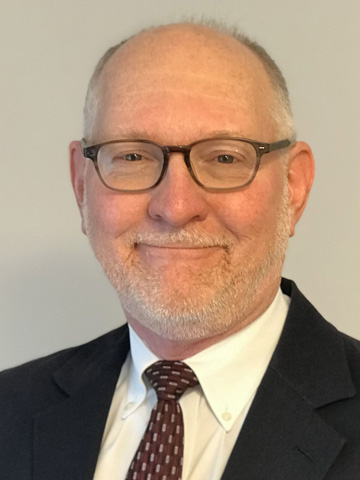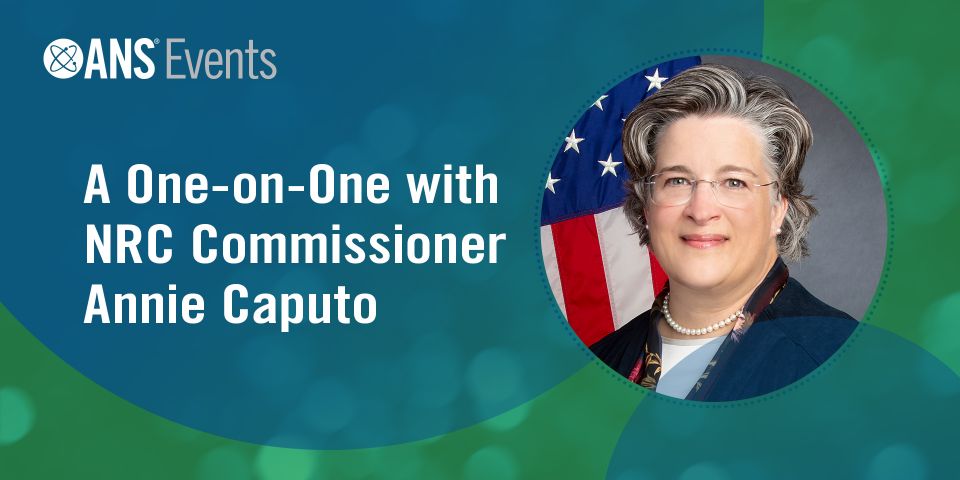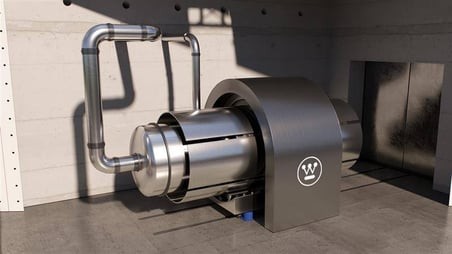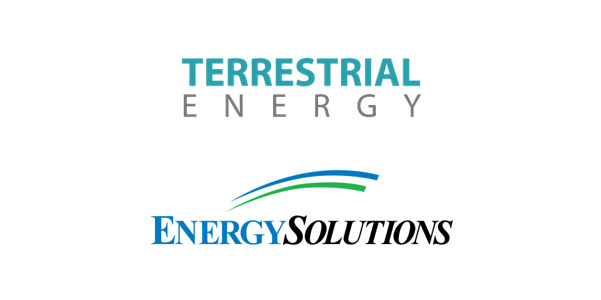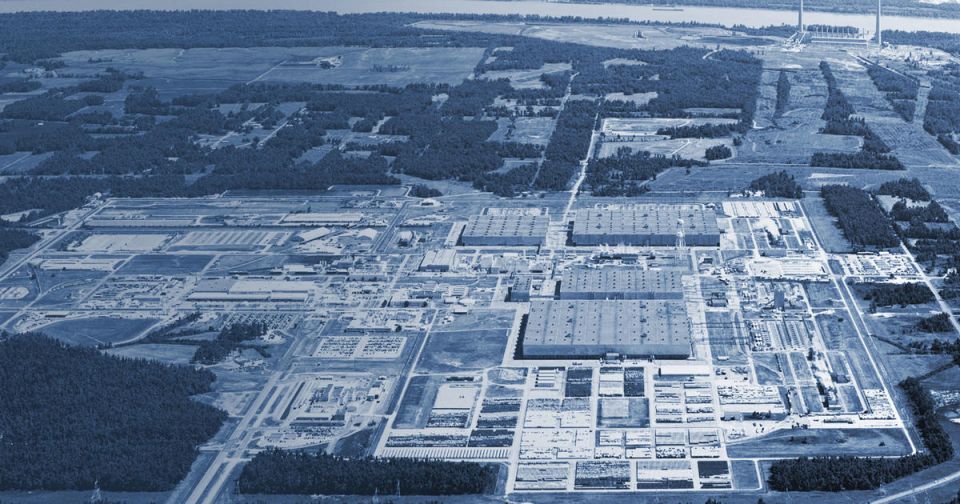Members needed: “The ARG will be highly reliant on the active participation of ANS members from other divisions to make it a success,” Sabharwall said. “The initial objective behind such a group is to assist ANS with responding to queries, comments, and feedback related to advanced reactors, based on the experience and knowledge of a collective of ANS members.”
Sabharwall said that an example of where the ARG would be beneficial for ANS is with the ongoing Nuclear Regulatory Commission rulemaking for advanced reactors, 10 CFR Part 53. “Having a formulated group of subject matter experts in this area will lead to an informed response from ANS in a timely manner,” he said.
Group formation: Nesbit considered a variety of options for addressing the need for the group. One route he considered was to form a special committee, but he noted that those are usually created to deal with a finite issue or task. “Advanced reactors will be an ongoing field of endeavor,” he said, “and it will need a more enduring approach.”
Nesbit sees the ARG eventually evolving into its own professional division, but for now he has turned to OPD to get the ball rolling. “OPD seems like the optimal starting place, given that OPD is directly aligned with advanced reactor goals (to operate and generate power) and that it is a large, cross-cutting division touching many technical fields within ANS,” he said. “I would like to see interested ANS members from all divisions populate the group, organize, and serve as the focal point for ANS advanced reactor activities.”
